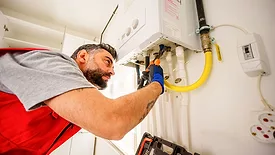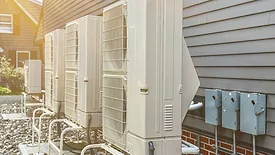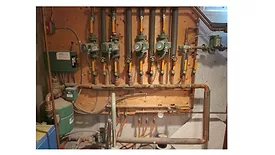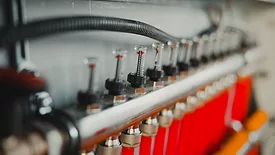Radiant & Hydronics
Hydronics Workshop | John Siegenthaler
Injection mixing remains one of the most adaptable and underutilized methods in hydronic system design.
Read More
Project Profile
Radiant roots: preserving history while powering modern comfort
Elaborate plan delivers efficiency for former Amish barn built in 1838.
November 14, 2025
Renewable Heating Design | John Siegenthaler
Elegance extended: How to use the homerun system of connecting heat emitters
November 12, 2025
Renewable Heating Design | John Siegenthaler
Using ratios to measure, compare and improve HVAC systems
Relating to ratios
October 15, 2025
The Glitch & The Fix: October 2025
Hindsight - From complex loops to clean headers: simplifying for reliability
October 13, 2025
Hydronics Workshop | John Siegenthaler
How mismatched loads in a dual-temperature heat pump system can limit performance
Toggle time
October 8, 2025
The Glitch & The Fix: September 2025
Right & wrong: Examining common design pitfalls, and how to optimize piping strategies
October 1, 2025
Hydronics Workshop | John Siegenthaler
Methods from Millinocket: One town in Maine is leading the way in hydronics technology and transactive energy management
September 18, 2025
Renewable Heating Design | John Siegenthaler
Balancing high- and low- mass heat emitters to prevent temperature "droop"
September 9, 2025
Keep your content unclogged with our newsletters!
Stay in the know on the latest plumbing & piping industry trends.
JOIN TODAY!Copyright ©2025. All Rights Reserved BNP Media.
Design, CMS, Hosting & Web Development :: ePublishing











